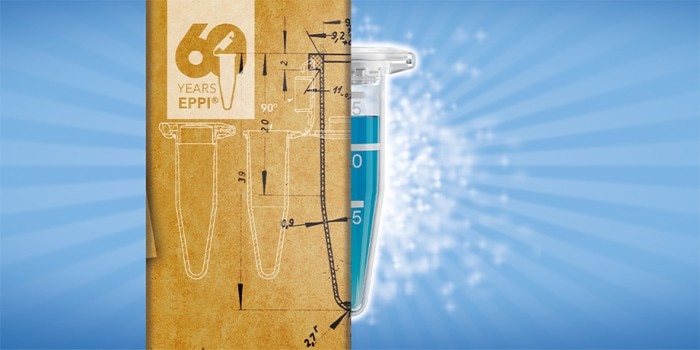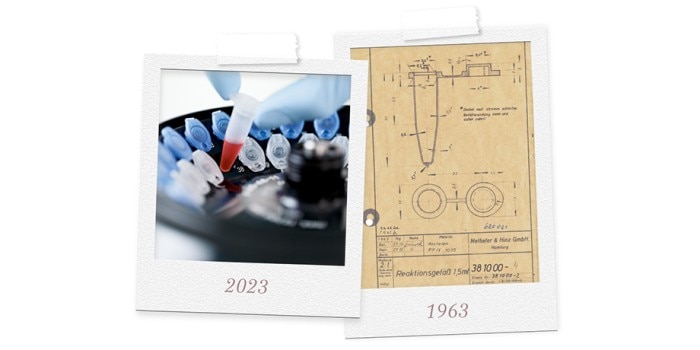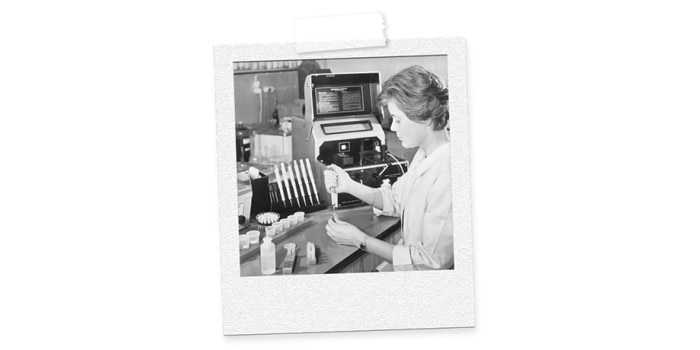メニュー
JP | JPY
-
-
-
- Challenges and Chances: A Review of the 1st Stem Cell Community Day
- Summertime, and the Livin’ Is Easy…
- Follow-on-Biologics – More than Simple Generics
- Bacteria Versus Body Cells: A 1:1 Tie
- Behind the Crime Scene: How Biological Traces Can Help to Convict Offenders
- Every 3 Seconds Someone in the World Is Affected by Alzheimer's
- HIV – It’s Still Not Under Control…
- How Many Will Be Convicted This Time?
- Malaria – the Battle is Not Lost
- Physicians on Standby: The Annual Flu Season Can Be Serious
- At the Forefront in Fighting Cancer
- Molecular Motors: Think Small and yet Smaller Again…
- Liquid Biopsy: Novel Methods May Ease Cancer Detection and Therapy
- They Are Invisible, Sneaky and Disgusting – But Today It’s Their Special Day!
- How Many Cells Are in Your Body? Probably More Than You Think!
- What You Need to Know about Antibiotic Resistance – Findings, Facts and Good Intentions
- Why Do Old Men Have Big Ears?
- The Condemned Live Longer: A Potential Paradigm Shift in Genetics
- From Research to Commerce
- Chronobiology – How the Cold Seasons Influence Our Biorhythms
- Taskforce Microbots: Targeted Treatment from Inside the Body
- Eyes on Cancer Therapy
-
-
-
-
-
- Challenges and Chances: A Review of the 1st Stem Cell Community Day
- Summertime, and the Livin’ Is Easy…
- Follow-on-Biologics – More than Simple Generics
- Bacteria Versus Body Cells: A 1:1 Tie
- Behind the Crime Scene: How Biological Traces Can Help to Convict Offenders
- Every 3 Seconds Someone in the World Is Affected by Alzheimer's
- HIV – It’s Still Not Under Control…
- How Many Will Be Convicted This Time?
- Malaria – the Battle is Not Lost
- Physicians on Standby: The Annual Flu Season Can Be Serious
- At the Forefront in Fighting Cancer
- Molecular Motors: Think Small and yet Smaller Again…
- Liquid Biopsy: Novel Methods May Ease Cancer Detection and Therapy
- They Are Invisible, Sneaky and Disgusting – But Today It’s Their Special Day!
- How Many Cells Are in Your Body? Probably More Than You Think!
- What You Need to Know about Antibiotic Resistance – Findings, Facts and Good Intentions
- Why Do Old Men Have Big Ears?
- The Condemned Live Longer: A Potential Paradigm Shift in Genetics
- From Research to Commerce
- Chronobiology – How the Cold Seasons Influence Our Biorhythms
- Taskforce Microbots: Targeted Treatment from Inside the Body
- Eyes on Cancer Therapy
-
-
JP | JPY
Sorry, we couldn't find anything on our website containing your search term.

Beyond Generations – 60th Anniversary of the Eppendorf Tubes®
news
- 製品
The Eppendorf Tube, or "Eppi®", is one of the most well-known and widely used laboratory consumables in the world. Introduced 60 years ago, the Eppi® was the first single-use microcentrifuge tube to be brought to the market.
Since then, over a billion Eppi® ’s have been sold worldwide and the term has become a synonym for microcentrifuge tubes themselves. With uncontested quality and performance, laboratories around the world benefit not just from Eppendorf Tubes® but also the range of compatible Eppendorf lab devices and consumables that lead global industry standards.
The launch of the first Eppi® allowed scientists to easily handle small volumes manually, allowing volumes of expensive reagents and precious samples to be reduced. The Eppi® also provided solutions for sample mixing, storage, and centrifugation, helping to fuel amazing discoveries across bioscience. For example, within a decade of the first Eppi® being manufactured, there were major advances in molecular biology, with the development of gene cloning and PCR. And in medicine, advances include the discovery of life-saving vaccines such as the first hepatitis B and meningitis vaccines.
Small solutions for big problems
The launch of the first Eppi® allowed scientists to easily handle small volumes manually, allowing volumes of expensive reagents and precious samples to be reduced. The Eppi® also provided solutions for sample mixing, storage, and centrifugation, helping to fuel amazing discoveries across bioscience. For example, within a decade of the first Eppi® being manufactured, there were major advances in molecular biology, with the development of gene cloning and PCR. And in medicine, advances include the discovery of life-saving vaccines such as the first hepatitis B and meningitis vaccines.
もっと読む
表示を減らす

Birth of the microliter system
Soon after its launch, the Eppi® rose in popularity, creating the need for a range of lab bench devices and consumables that were compatible with this new size of tube. In response, Eppendorf developed the microliter system to offer full sample processing solutions for microliter volumes. Initially, the range consisted of a mixer and centrifuge, as well as Eppendorf Tubes® .
Since its creation in 1964, the microliter system has expanded further, with the current range of pipettes, centrifuges, and mixers being complemented by Eppendorf Tubes® and pipette tips that process sample volumes ranging from 0.2 mL to 50 mL.
Since its creation in 1964, the microliter system has expanded further, with the current range of pipettes, centrifuges, and mixers being complemented by Eppendorf Tubes® and pipette tips that process sample volumes ranging from 0.2 mL to 50 mL.
もっと読む
表示を減らす

Catalyst for progress
The 60th anniversary of the Eppi® tube marks a significant milestone. In essence, this innovation was a catalyst for the development of a whole range of laboratory consumables that are at the heart of modern lab equipment. Today, Eppendorf continues to lead the industry in developing new technologies and products that are designed to improve experimental outcomes and push the boundaries of scientific discovery.
Read more about how the Eppendorf Tubes have revolutionized science!
www.eppendorf.link/60YearsTubes
Read more about how the Eppendorf Tubes have revolutionized science!
www.eppendorf.link/60YearsTubes
もっと読む
表示を減らす
